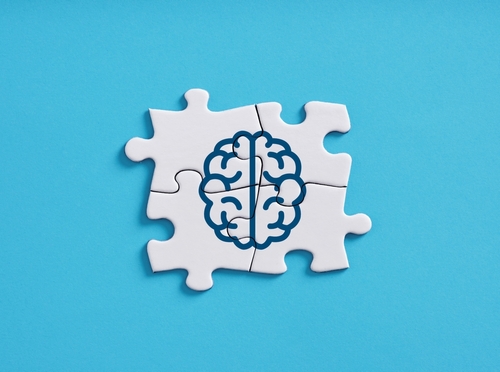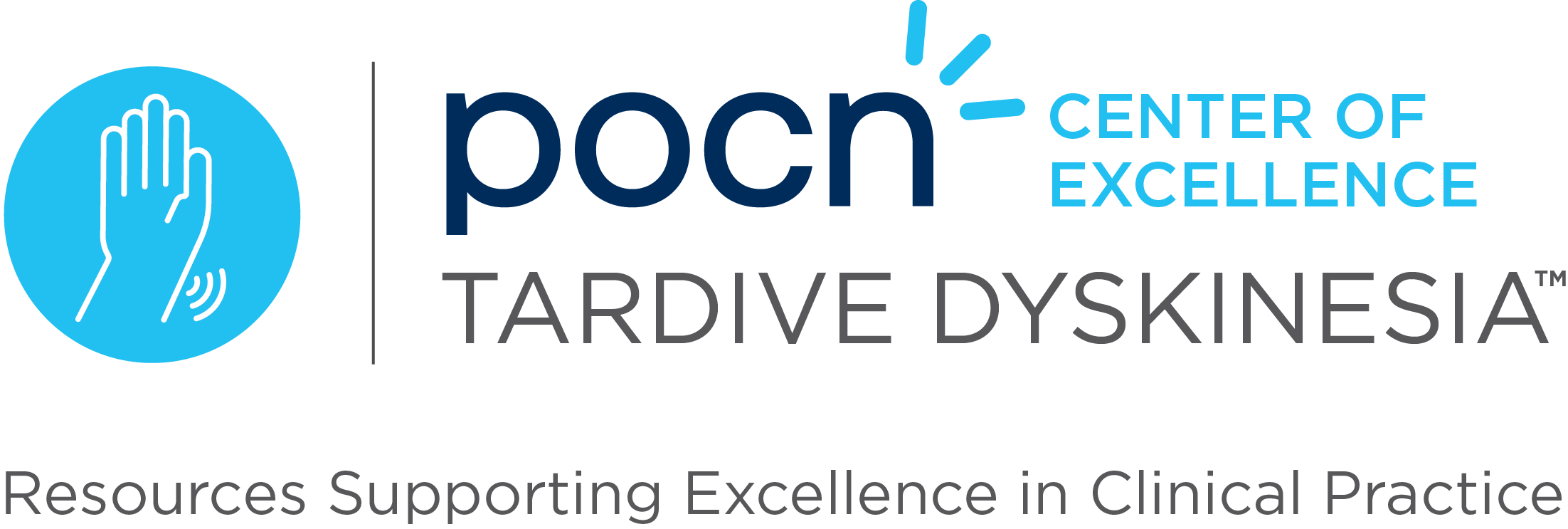Study Leverages Lean Six Sigma to Enhance Tardive Dyskinesia Management in Antipsychotic Treatment

In a study, researchers provided insights on identifying and treating tardive dyskinesia (TD), particularly in patients treated with antipsychotics. They emphasize the importance of recognizing risk factors for TD, regularly evaluating patients using standardized tools and criteria, and considering the most suitable treatment options for each patient. The study utilizes the Lean Six Sigma quality improvement model, involving defining, measuring, analyzing, improving, and controlling processes to enhance the understanding and management of TD.
Study Reveals Ethnicity-Based Differences in Tardive Dyskinesia Outcomes Among Patients With Schizophrenia

Researchers of a study focused on understanding the long-term course and outcome of tardive dyskinesia (TD) in patients with schizophrenia of European and African descent, who were previously or currently on first-generation antipsychotic agents.
RE-KINECT Study Results: Physical Wellness and Social Functioning Impact

In a real-world study of possible patients with tardive dyskinesia (TD) treated with antipsychotics, researchers aimed to understand its impact on patient health and social functioning
Recognizing Tardive Dyskinesia From Other Movement Disorders

In an article from Neurology Live, Laxman Bahroo, DO, and Jonathan R. Isaacson, MD, explore the manifestations of tardive dyskinesia (TD) as well as the distinctions between TD and extrapyramidal symptoms and neuroleptic-induced parkinsonism. Through citing different clinical trials, Dr. Bahroo and Dr. Isaacson review certain misconceptions and treatment options for TD. They note that due to TD’s under-recognition, the diagnosis and treatment of this disorder can be challenging, but is reachable through growing awareness, screening, and observation efforts.
Study Shows Tardive Dyskinesia Significantly Lowers Quality of Life, Especially Among Patients With Schizophrenia

Researchers of a study investigated how tardive dyskinesia (TD) impacts the quality of life in patients with bipolar disorder, major depressive disorder, and schizophrenia. Using a web-based survey and various assessment tools, the study found that patients with TD experienced significantly lower health-related quality of life (HRQoL) and greater social withdrawal than those without TD. The impact was more pronounced in physical health domains and was most severe in patients with schizophrenia.
The study concluded that while all patients with these mental health conditions had a lower HRQoL compared with the general population, those suffering from TD were even more adversely affected.
Study Shows Tardive Dyskinesia Movements Lead to Negative Perceptions in Employment and Social Interactions

In a study, researchers aimed to better understand how tardive dyskinesia (TD) impacts perceptions in professional and social settings. Using a randomized digital survey, participants watched videos of actors either simulating tardive dyskinesia (TD) or not. The study found that individuals displaying TD movements were viewed less favorably in terms of employment prospects, attractiveness in dating, and potential for friendship. Researchers concluded the significance of the survey in its quantification of the professional and social stigmas linked with TD movements, highlighting potential challenges in employment, relationships, and social support for those affected.
Study Reveals Comorbidities and Outcomes in Psychiatric Inpatients With Tardive Dyskinesia: Implications for Severe Illness and Healthcare Costs

Researchers of a study analyzed comorbidities and outcomes in psychiatric inpatients with tardive dyskinesia (TD). The study used a case-control design with data from the Nationwide Inpatient Sample, involving 77,022 adult inpatient admissions for mood disorders and schizophrenia. TD was found to be more common in older adults (50-64 years) and occurred in similar proportions among men and women. Patients with TD had a higher likelihood of cardio-metabolic comorbidities, including obesity, hypertension, and diabetes, compared with those without TD.
The researchers concluded that psychiatric inpatients with TD tend to have more severe illness, with those having schizophrenia and bipolar disorders being at the highest risk, and the presence of TD is associated with poorer hospital outcomes, including longer stays and higher costs for acute inpatient care.
Study Finds Patient Perception of Tardive Dyskinesia’s Impact Differs From Clinician Assessment

Researchers of a study examined the impact of tardive dyskinesia (TD) patient health and social functioning, conducted in two cohorts: Cohort 1 consisted of patients with no abnormal involuntary movements, while Cohort 2 consisted of patients with possible TD according to clinicians’ judgment. The assessments included measuring health utility using EuroQoL’s EQ-5D-5L, social functioning using the Sheehan Disability Scale (SDS), as well as patient- and clinician-rated severity and impact of TD.
The results showed that in Cohort 2, patient-rated TD impact was significantly associated with lower health utility and higher SDS scores. However, clinician-rated severity was moderately associated with both health utility and SDS, but these associations were not statistically significant. The study concluded that the severity of TD assessed by clinicians did not always correlate with patient perceptions of the significance of TD.
Link Between Antidepressants and Tardive Dyskinesia Explored

In a recent study, researchers critiqued various reviews and case reports associating non-dopamine-receptor-blocking drugs (DRBDs) with a tardive dyskinesia (TD) like syndrome, examining if the cases met TD criteria and excluded DRBD use. Their findings indicate that both tricyclic antidepressants (TCAs) and selective serotonin reuptake inhibitor antidepressants (SSRIs) may reveal or worsen TD in individuals previously exposed to or using DRBDs; however, they found minimal evidence supporting TD’s existence outside of this context.
Researchers Examine Effectiveness of VMAT2 Inhibitors in Treating Tardive Dyskinesia

Researchers of a study examined the effectiveness of vesicular monoamine transporter-2 (VMAT2) inhibitors and other agents in light of different theories regarding the development of tardive dyskinesia (TD).
